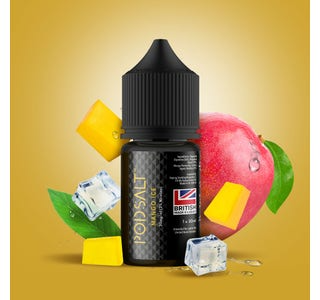Vaping, the act of inhaling and exhaling vapor produced by an electronic cigarette or vape device, has become a popular alternative to traditional smoking. While it may seem like a simple process, the science behind vaping is fascinating and involves several key components working together to create a satisfying vaping experience. Let’s delve into the science behind vaping and how e-cigarettes work. How much is Jam monster salt nic? Here is compete info for you.
The battery: Powering the device
At the heart of every vape device is a battery, which serves as the power source. When the user activates the device by pressing a button or taking a draw (depending on the device type), the battery provides electricity to the other components. This electrical energy is crucial for the vaporization process to occur.
The atomizer: Heating the e-liquid
The atomizer is a vital component responsible for transforming the e-liquid into vapor. It contains a heating element, usually a coil made of a resistive material like Kanthal, which heats up when the battery activates. As the coil heats, it reaches the temperature necessary to vaporize the e-liquid.
The e-liquid: Flavor and vapor
E-liquid, also known as vape juice or e-juice is a substance that contains flavorings, propylene glycol (PG), vegetable glycerin (VG), and optionally nicotine. When the atomizer’s coil is heated, the e-liquid saturating the wicking material comes into contact with the hot surface. The heat causes the e-liquid to turn into vapor, which the user inhales.
Propylene glycol (PG) and vegetable glycerin (VG)
PG and VG are two primary ingredients in e-liquids and play essential roles in the vaping experience. PG is known for enhancing flavor and providing a stronger throat hit, mimicking the sensation of smoking. On the other hand, VG is responsible for producing dense clouds of vapor and provides a smoother throat hit. Different e-liquids have varying ratios of PG and VG to cater to individual preferences.
Nicotine: An optional additive
Nicotine, a naturally occurring stimulant found in tobacco, can be included in e-liquids, but it is not necessary for vaping. Vapers can choose from e-liquids with various nicotine concentrations or opt for nicotine-free e-liquids. Users need to be aware of the nicotine content and choose levels that suit their needs and preferences.
